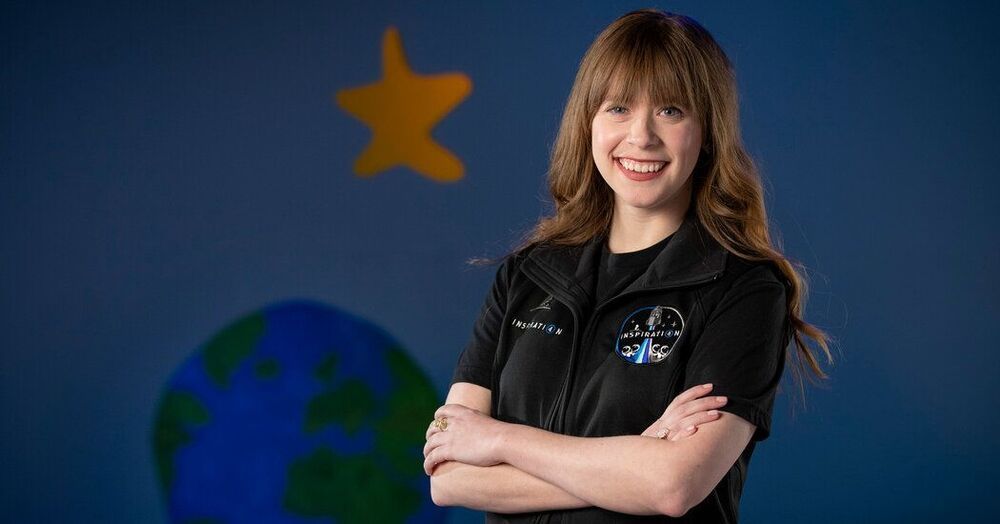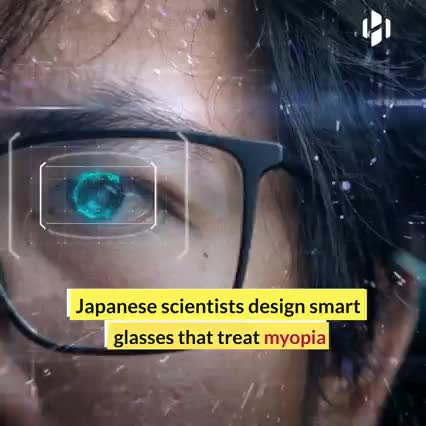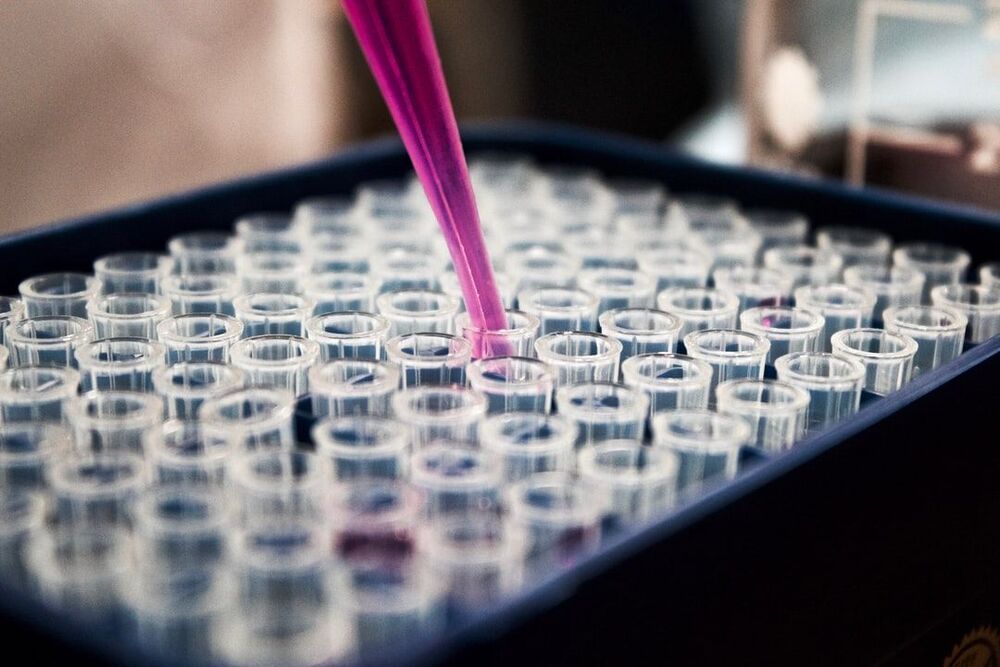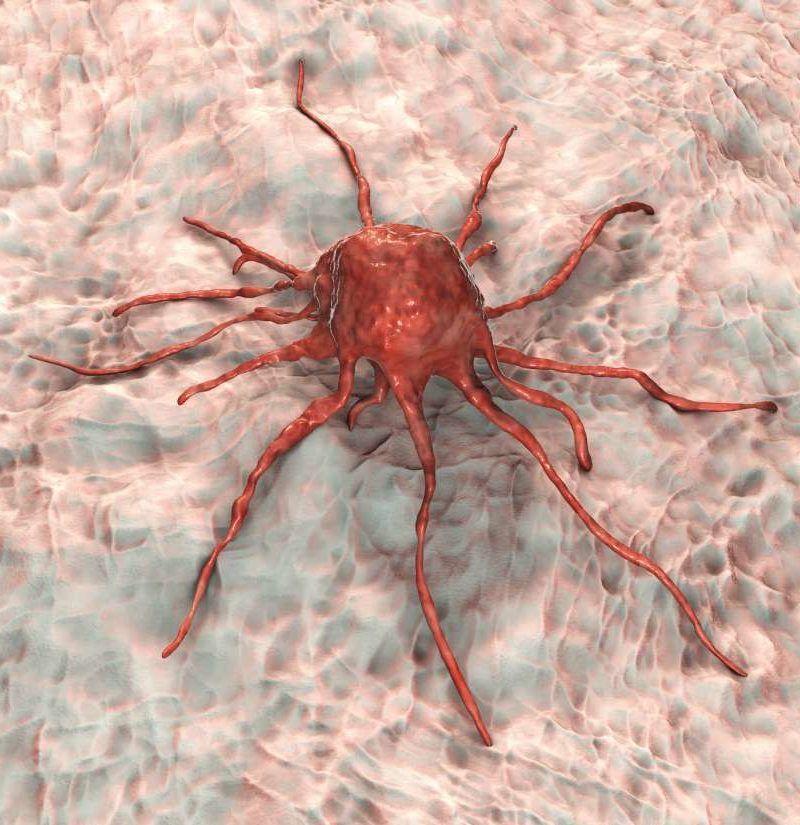https://www.biorxiv.org/content/10.1101/2020.05.07.082917v1.…e=youtu.be
Hi everybody. Around 10 days ago, I participated in an online conference about aging, organized by HEALES and ILA, and Harold Katcher was one of the speakers. As each speaker had only 15 minutes for their presentation (and Harold spoke only for 10 minutes because he had some technical issues with Zoom), I thought that it would be a good idea to make an interview with him so that he has more time to speak about his rejuvenation therapy with E-5, the test with dogs, the timeframe for the arrival of the therapy for humans, and, above all else, his theory of aging. So, it’s a more informal conversation, but I think it helps everybody to know more about Harold Katcher, maybe one of the most (if not the most) influent people in human history.
Harold Katcher, one of the discoverers of the human breast cancer gene and possibly the discoverer of the greatest rejuvenation therapy to date, talks to Nicolas Chernavsky about his rejuvenation therapy with E-5, his carreer and his theory of aging. 2020 paper on experiments with E-5: https://www.biorxiv.org/content/10.1101/2020.05.07.082917v1.…1.full.pdf Harold’s 2013 paper on aging: https://link.springer.com/article/10.1134/S0006297913090137 Conboy’s 2005 paper on parabiosis: https://www.biorxiv.org/content/10.1101/2020.05.07.082917v1.…ature03260 1994 paper on human breast cancer gene: https://courses.washington.edu/gs466/readings/miki.pdf Find out more about Nicolas Chernavsky and NTZ on www.ntzplural.com #rejuvenation #aging #biotechnology #health #science.





